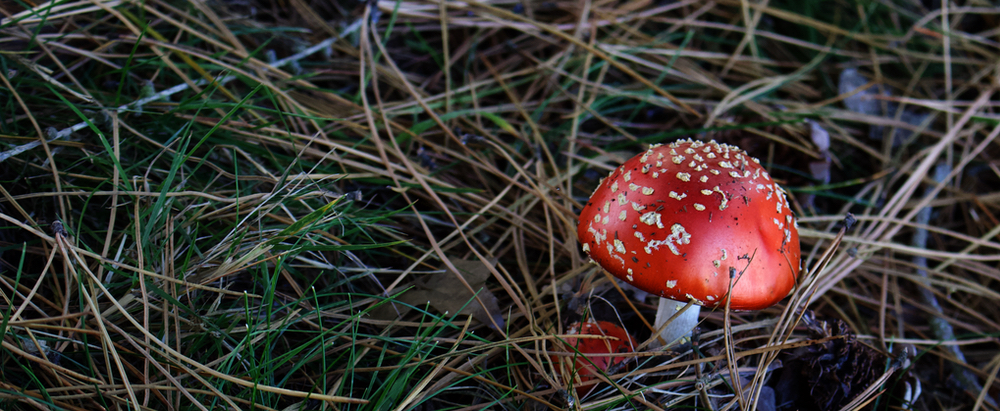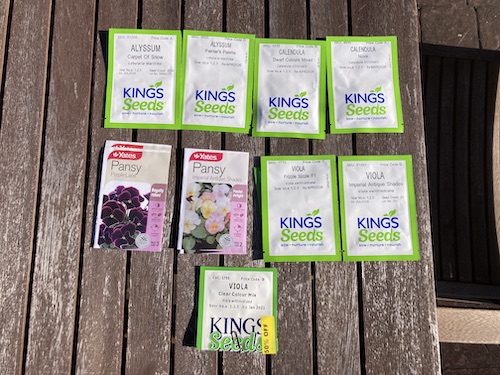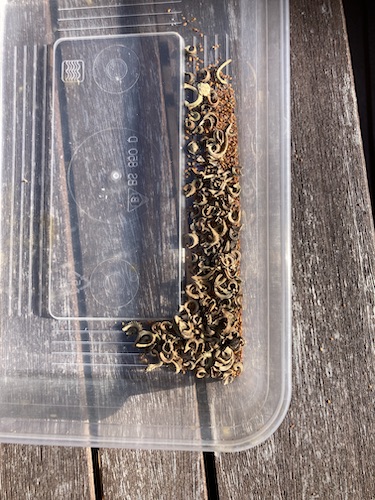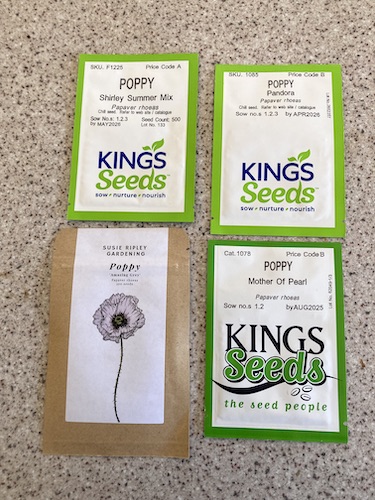
Spring Seed Sowing Week 2
Hello friends,
It was a busy week seed sowing for Spring. I like to sow a mix of vegetable, herb, and flower seeds each week, so no individual job is too big at any one time.
Vegetable Seed Sowing this week:
- Pearl Drop Onions (for pickling)
- Italian Long Keeper Onions
- Pukekohe Long Keeper Onions
- Long White Spring Onions
- Santana Spinach
- Space Saver F1 Cabbage
- Summer Sprouting Purple Broccoli
- Coastline Lettuce
- Drunken Woman Fringed Lettuce
- Rocket
Herb Seed Sowing this week:
- Gigante Italian Parsley
- Celery for Cutting
- Soapwort
Flower Seed Sowing this week:
- Alyssum Painters Palette
- Alyssum Carpet of Snow
- Pansy Imperial Antique Shads
- Pansy Purple Lace
- Viola Clear Colour Mix
- Viola Frizzle Swizzle
- Viola Imperial Antique Shades
- Calendula Dwarf Colours Mixed
- Calendula Nova (herbal variety)
- Snapdragon Potomac Lavender
- Statice Apricot
- Night Scented Stock
- Spring Sparkle Stock
- Allium Purple Sensation
- Allium Showy Persian Onion
I have super easy way of seed sowing annual flowers, a cheat way really. I have a lot of self seeded annual plants in my flower garden beds, and I keep an eye out in late winter to see when plants like calendula, pansies, and alyssum start germinating. Once I see that the ground is warm enough for that to happen, it's time to sow annual seeds.

I gather all my annual seeds, and start opening all the packets. Here is where the lazy part is, I dump all the seeds into one container. And once all the seeds are mixed in all together I go out into the garden and start sprinkling seeds around where I want my annual plants to grow.

Within a couple of weeks all the annual seeds start germinating, and since I know what the seedlings all look like, I know not to weed them out of the ground. It may be lazy, but it saves me heaps of time in not having to sow each seed out by hand. I also like the wild, non structured feel of where the plants grow, as compared to all my other plants in the garden.
I have also just popped all my poppy seeds into the fridge to vernalise for two weeks. After that I will sow those seeds in a similar manner. I already have poppy plants that have self seeded into the garden as well, but I wanted to add even more coloured varieties this year.

How is your seed sowing going? With sunrise coming at least a minute earlier every single day, I can just feel the coming of Spring deep within my bones. The sky is no longer dark when I wake up in the morning, and I look forward to seeing the sun pop over the hills as I make breakfast each morning.
Have a wonderful day
Julie-Ann
Want to discuss my post? Feel free to chat with me on Instagram or Mastodon.




